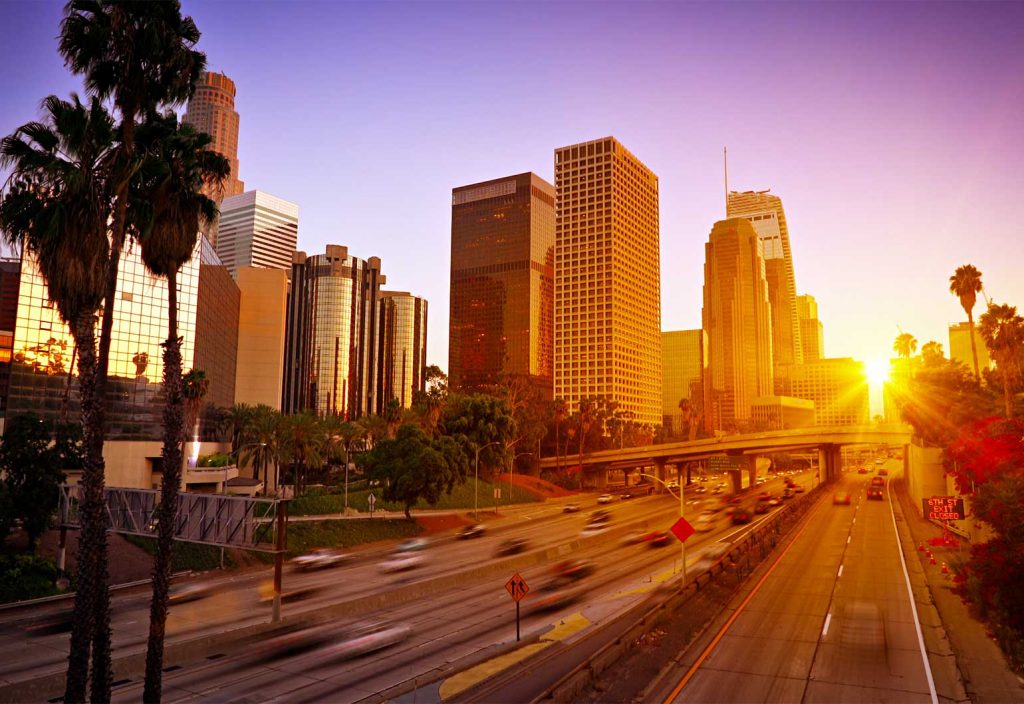It’s one thing to discuss the effects of climate change on the engineering sector, but to truly understand an issue it’s better to see it in action.
That’s exactly what Dr Cris Liban did when he presented at Engineers Australia’s Climate Smart Engineering conference.
As Chief Sustainability Officer of LA Metro, Liban is directly involved in billion-dollar infrastructure projects that impact millions of people in Los Angeles and parts of Orange County.
“We’re the third largest agency in the 16th largest economy in the world,” Liban said.
“Many of the decisions that we make here in my agency, my decisions that I make here in terms of sustainability, actually reflect back for millions of people here in our county.
“Much larger than some countries around the world.”
Politics and longevity
Being a sustainability officer in a politically divided nation like the US isn’t a walk in the park. LA Metro’s objective is to serve the people of LA but not all those people share the organisation’s goals for creating a sustainable future.
“There’s a lot of people who may not believe in climate change or might not believe [it’s] the cause of extreme weather events,” Liban said.
To tackle this, Liban must put aside politics and frame the issue as a hazard to the infrastructure LA Metro manages.
“What we are trying to do here in our agency is that we are looking at all hazards. [And how to] consider those in the planning process and in the engineering design of our infrastructure moving forward,” he said.
Due to the size and nature of the projects Liban overseas, the scope of these hazards is extremely wide. For example, beyond striving for zero-emissions from LA Metro infrastructure, he also needs to consider how that infrastructure is powered. What is the source of energy? What are the emissions from that source?
“It’s important not only to understand the immediate effects, but also understand the life cycle, the long term [and] cascading effects of those projects.” Liban said.
A flexible approach
According to Liban, approximately US$140 billion (over AU$190 billion) of infrastructure is required before the LA Olympics in 2028.
Being so close to the IPCC’s deadline of 2030, LA Metro decided to take a flexible approach that can adapt to new climate science as our understanding evolves.
“Climate science is not perfect [but] we cannot stop building the infrastructure we need to build,” Liban said.
“We have our design criteria that we develop according to the climate science that we know at this point in time. And then make adjustments along the way as climate science improves in the following years.”
It’s not only climate science that changes over time, but building codes are constantly evolving too. Therefore Liban aims to “future proof” projects by engaging multiple stakeholders at the very beginning of every project.
“We have a team coordinating with the planning department or coordinating with the construction department and with the procurement [and] operations department,” he said.
“This allows us to future proof, not only the function of the project, but future management of the risks associated with that project as we move the project along the process.”
The infrastructure of the future
Liban isn’t content with just improving processes within LA Metro. He sees the potential for the organisation to be a thought leader for California and even the entire United States.
“How can we extend some of these particular strategies and efforts and processes, not only within our influence, but across the multiple organisations that we deal with here in the region, in the state, in the country?” Liban said.
However, to do this, Liban acknowledges LA Metro must remain relevant and ahead of the curve when it comes to tackling not just climate change, but a range of societal issues.
For example, the organisation has noticed that infrastructure is used differently by different genders, so LA Metro is taking this into consideration during planning. They also want to improve communities by creating a professional pipeline between schools and the engineering industry.
“We need to continue to invest in ourselves and our stakeholders, we need to think beyond our current capacity and capabilities and geographic borders,” Liban said.
“You have a choice, you could either be a stepping stone, or a stumbling block. [With] all of the things that you’ve heard at this conference you could use it to be a stepping stone to progress, towards a sustainable future.
“Not only for your country here, but for the world as well.”
